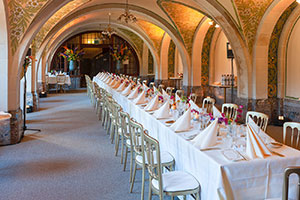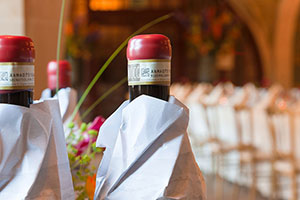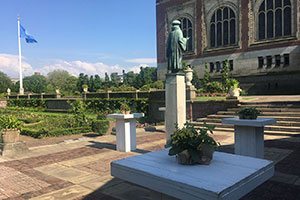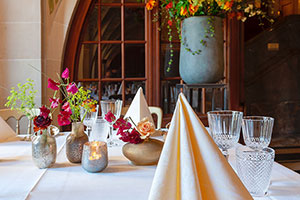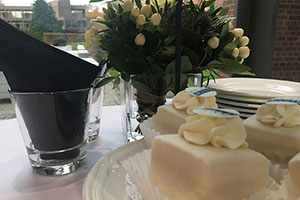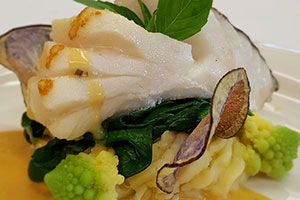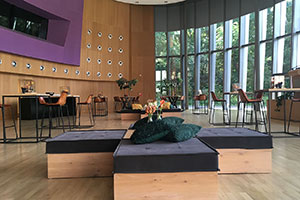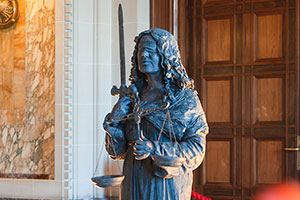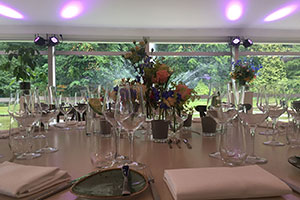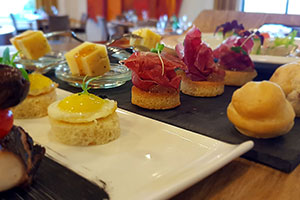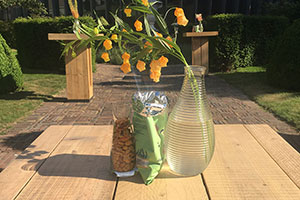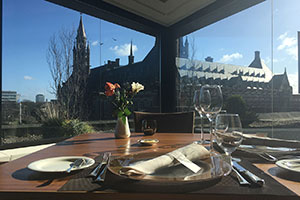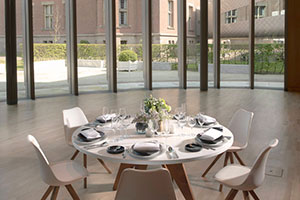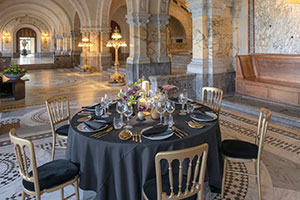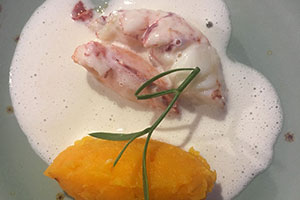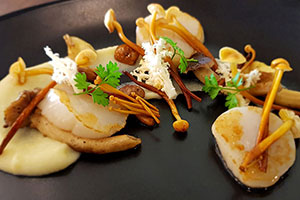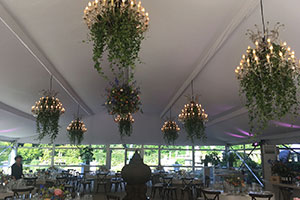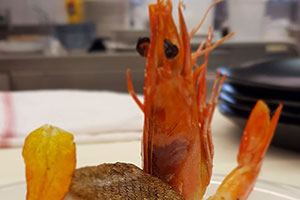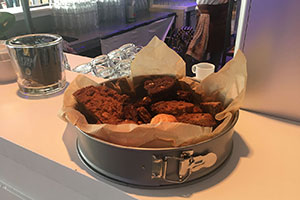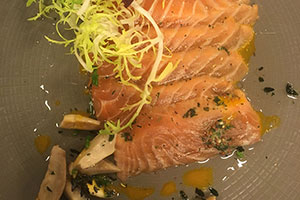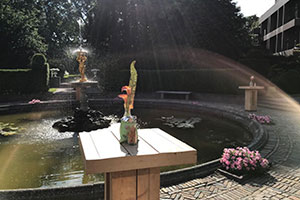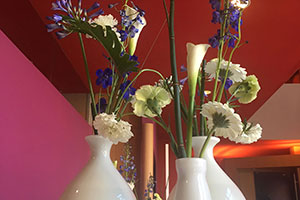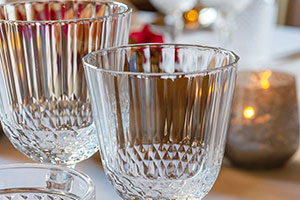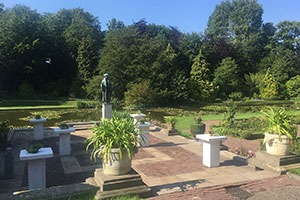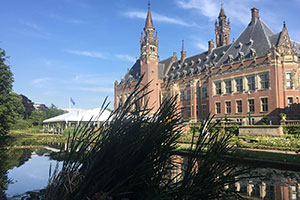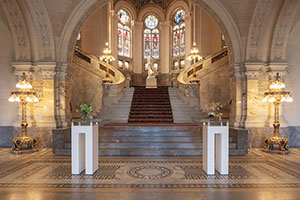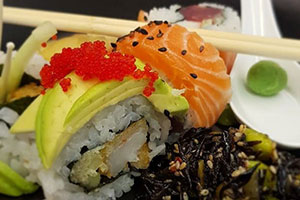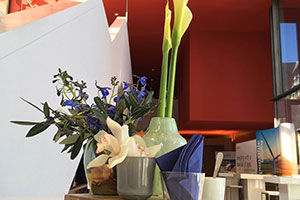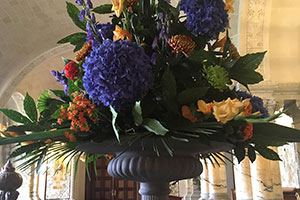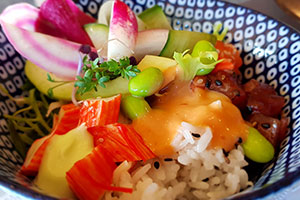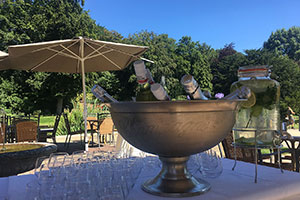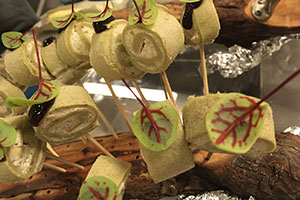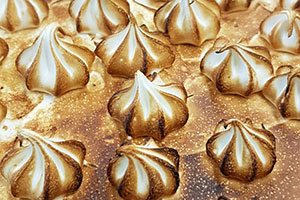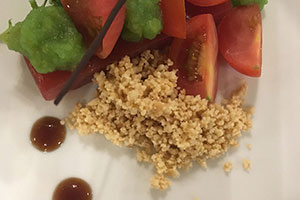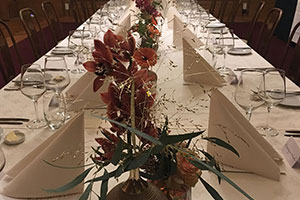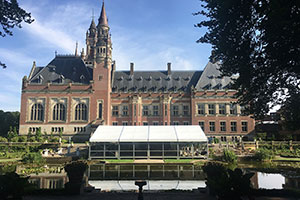Peace Palace
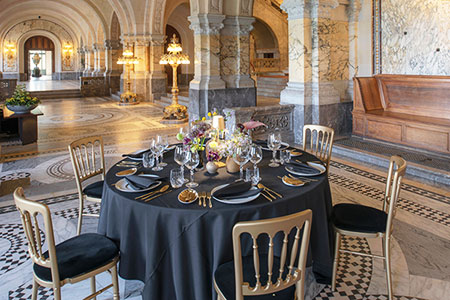 We have been providing daily in-house catering, framing catering for conferences, symposia, hearings, special celebrations for years and we are very proud of our title "preferred house caterer" of the Peace Palace.
We have been providing daily in-house catering, framing catering for conferences, symposia, hearings, special celebrations for years and we are very proud of our title "preferred house caterer" of the Peace Palace.
For centuries, Europe was torn apart by bloody wars. Harvests were destroyed, houses looted, families torn apart. Society became disrupted time and time again. The raw images of the battleground, which by the invention of photography now also reached the home front, undermined the idea that war was indispensable for the glory of prince and fatherland. In the course of the 19th century, the ideal of peace blossomed like never before. The political tensions and the resulting threat of war on the threshold of the 20th century only increased the popularity of the ever-widening peace movement. Peace organizations were set up all over Europe and America, fueled by the ideas of well-known writers and pacifists such as Leo Tolstoi, Bertha von Suttner and Alfred Nobel.
The initiative of the Russian Tsar Nicholas II to organize an international peace conference came at just the right time. During the First Hague Peace Conference in 1899, 26 countries met to discuss disarmament and the possibility of international justice, which led to the establishment of the Permanent Court of Arbitration. In 1907 a second peace conference was organized in The Hague in which 44 countries participated.
People did not sit still between these two peace conferences. A court that worked on world peace deserved a home of some allure and awe. The foundation stone of the Peace Palace was laid during the Second Peace Conference. Not only did the building serve as a home for a legal institution, the palace also embodied the dream of world peace that had been cherished for decades.
In the presence of the royal family, lender Andrew Carnegie and an international group of lawyers, politicians and pacifists, the key to the Peace Palace was handed over to the Permanent Court of Arbitration on 28 August 1913.
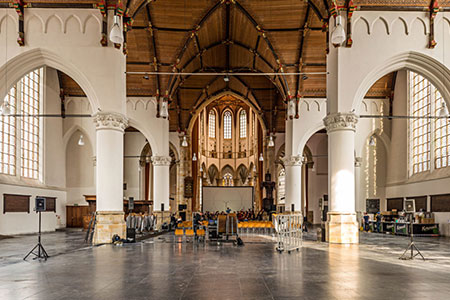 The Grote Kerk is located in the heart of the old center of The Hague within walking distance of the administrative heart of the Netherlands. The slate floor forms a natural backdrop and the high Gothic windows offer an atmospheric light that is reminiscent of the past.
The Grote Kerk is located in the heart of the old center of The Hague within walking distance of the administrative heart of the Netherlands. The slate floor forms a natural backdrop and the high Gothic windows offer an atmospheric light that is reminiscent of the past.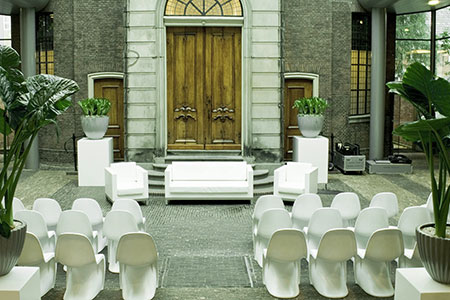 On the edge of the center of The Hague, opposite the Malieveld, is a location that is truly unique. The Glazen Zaal is located between the Portuguese Synagogue and a stately 18th-century canal house on the Prinsessegracht.
On the edge of the center of The Hague, opposite the Malieveld, is a location that is truly unique. The Glazen Zaal is located between the Portuguese Synagogue and a stately 18th-century canal house on the Prinsessegracht.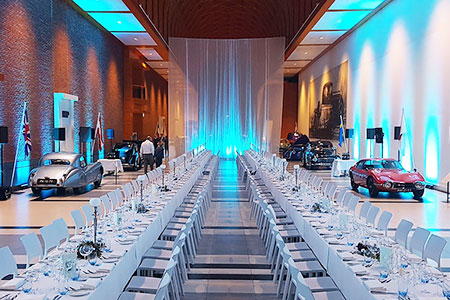 The Louwman Museum houses the world's oldest private collection of automobiles, brought together by two generations of the Louwman family. The basis was already laid in 1934 and the collection now comprises more than two hundred and fifty antique and classic cars. Connoisseurs regard the collection as one of the most beautiful in the world. The museum exudes passion. Every automobile tells its own story and thereby makes its own contribution to history. They are mirrors of culture.
The Louwman Museum houses the world's oldest private collection of automobiles, brought together by two generations of the Louwman family. The basis was already laid in 1934 and the collection now comprises more than two hundred and fifty antique and classic cars. Connoisseurs regard the collection as one of the most beautiful in the world. The museum exudes passion. Every automobile tells its own story and thereby makes its own contribution to history. They are mirrors of culture.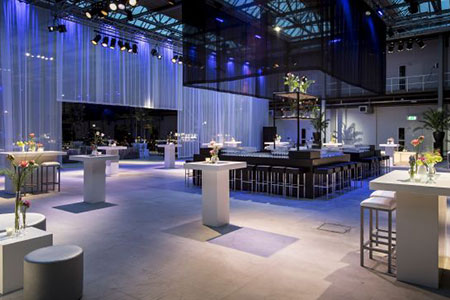 The Fokker Terminal is a characteristic and inspiring industrial building. The former aeronautical engineering school was redeveloped in 2009 into an event location for the business market. Since the beginning of 2018, the building has been on the list of monuments in The Hague. Due to its location near the A4 and A12 motorways, the location is very easily accessible and has 400 parking spaces.
The Fokker Terminal is a characteristic and inspiring industrial building. The former aeronautical engineering school was redeveloped in 2009 into an event location for the business market. Since the beginning of 2018, the building has been on the list of monuments in The Hague. Due to its location near the A4 and A12 motorways, the location is very easily accessible and has 400 parking spaces.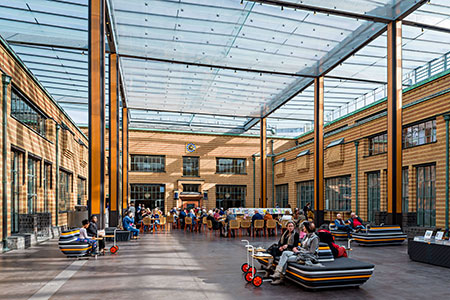 The Gemeentemuseum The Hague is a museum for modern art and crafts in The Hague. It was founded in 1866 as a 'Museum of Modern Art'. Later the name 'Haags Gemeentemuseum' was used until 1998.
The Gemeentemuseum The Hague is a museum for modern art and crafts in The Hague. It was founded in 1866 as a 'Museum of Modern Art'. Later the name 'Haags Gemeentemuseum' was used until 1998.